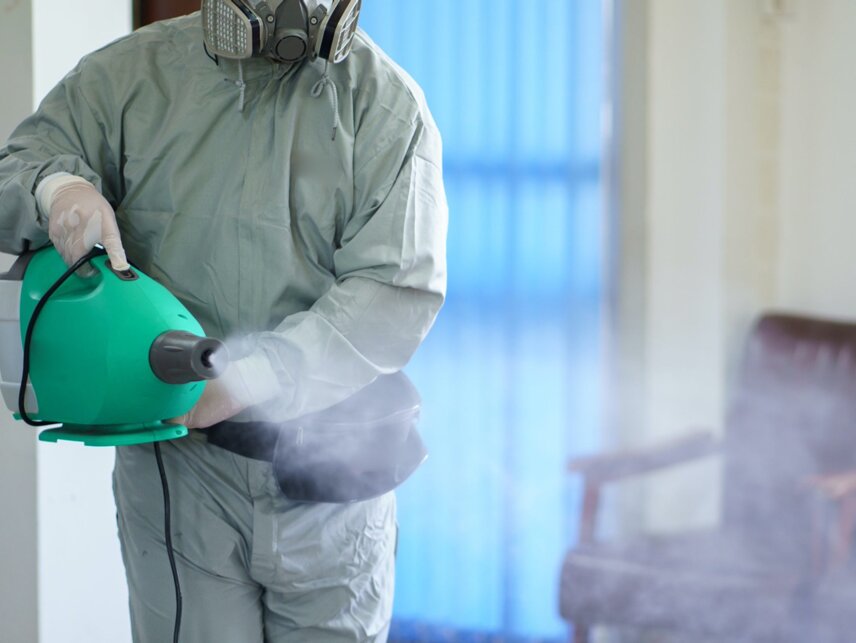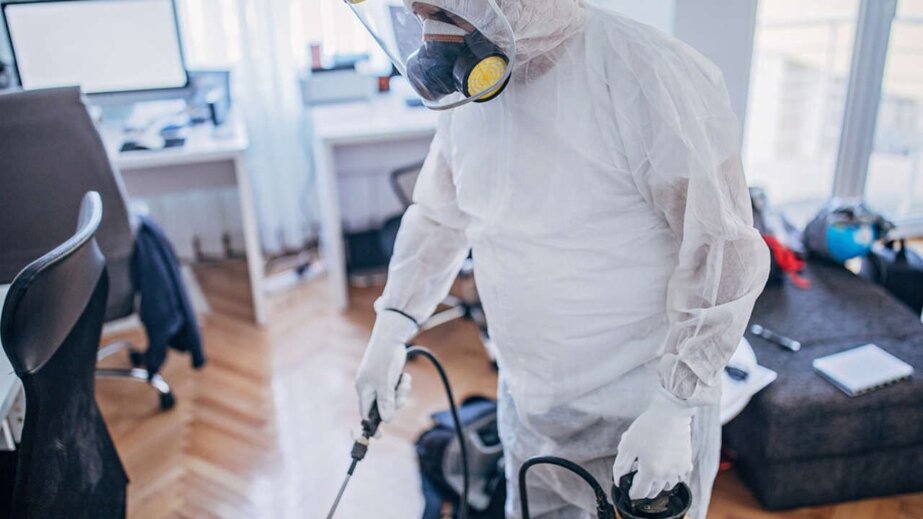Ecopiakos Ecological Solutions - VAT 05534520878

Sanitization
There are cases in which, by law and for the safety of the community, a more thorough intervention is required, not just simple cleaning of the premises. In some circumstances, sanitization and sterilization are applied together to decisively act on all vegetative life forms, spores, and viruses. Let's now delve into the importance of environmental sanitization, and why it is important to apply it consistently in places such as clinics, offices, gyms, hospitals, industries, and apartment buildings.
Sanitizationsanitization, pest control, disinfection, rodent control, HACCP plan, food control,
in operation...
Short videos of work carried out in different contexts.

disinfection of public premisessanitation, pest control, disinfection, rodent control, HACCP plan, food control, healthy
disinfection of public premises
sanitation, pest control, disinfection, rodent control, HACCP plan, food control, healthy

Basic operations
Environmental sanitization is an operation aimed at thoroughly eliminating any
bacteria and contaminating agents that cannot be removed with ordinary cleaning and washing.
Its purpose is to bring the microbial and viral load back within optimal hygienic standards.
In environmental sanitization, not only cleaning and disinfection are carried out,
but also, if necessary, pest and rodent control. The two
practices are mainly aimed at eliminating parasites and pest animals. Included in
environmental sanitization are also interventions aimed at restoring the appropriate microclimate
both indoors and outdoors (temperature, ventilation, relative humidity, presence of
dust, etc...)
It should be emphasized that it would be better to carry out environmental sanitization not only in
an extraordinary way, but to consider it as an ordinary activity both to comply with
the requirements of current laws and to best protect the health of others. A large
part of the population spends about 85% of their time in enclosed places such as offices, schools,
homes, and gyms. However, we often do not realize that the air we breathe in these environments is
contaminated due to ventilation systems that are not properly cleaned.
There is therefore no specific time to carry out environmental sanitization: it is correct
that it should be constant, both in winter and in summer. We must know, and demand as
workers or users, that in many environments such as offices, food industry plants,
accommodation and healthcare facilities, and schools, one cannot limit oneself to ordinary cleaning
but must always aim to make places healthy and free from contamination risks.
For this intervention to be effective and compliant with the law, it must be carried out
in environments periodically and consistently. It is interesting to note that in a sanitized habitat
company costs are reduced because staff sick days decrease.
Enjoying a comfortable working environment, with sanitized air,
corresponds to having a higher quality of life.
Let's see together what the other advantages of environmental sanitization are:
Reduction of bacteria, viruses, molds, fungi;
Reduction of chemical/biological pollutants;
Elimination of allergens;
Reduction of fine particles;
Elimination of bad odors;
Reduction of sick days in workplaces (sanitized air=quality of life);
Improvement of work productivity;
Compliance with rules and regulations.
There are cases in which, by law and for the safety of the community, it is necessary to carry out a
more thorough intervention, which is not just simple cleaning of the environments. In some
circumstances, sanitization and sterilization are applied together to act decisively on every vegetative life form, spores, and viruses.
Ecopiakos Ecological Solutions - VAT 05534520878